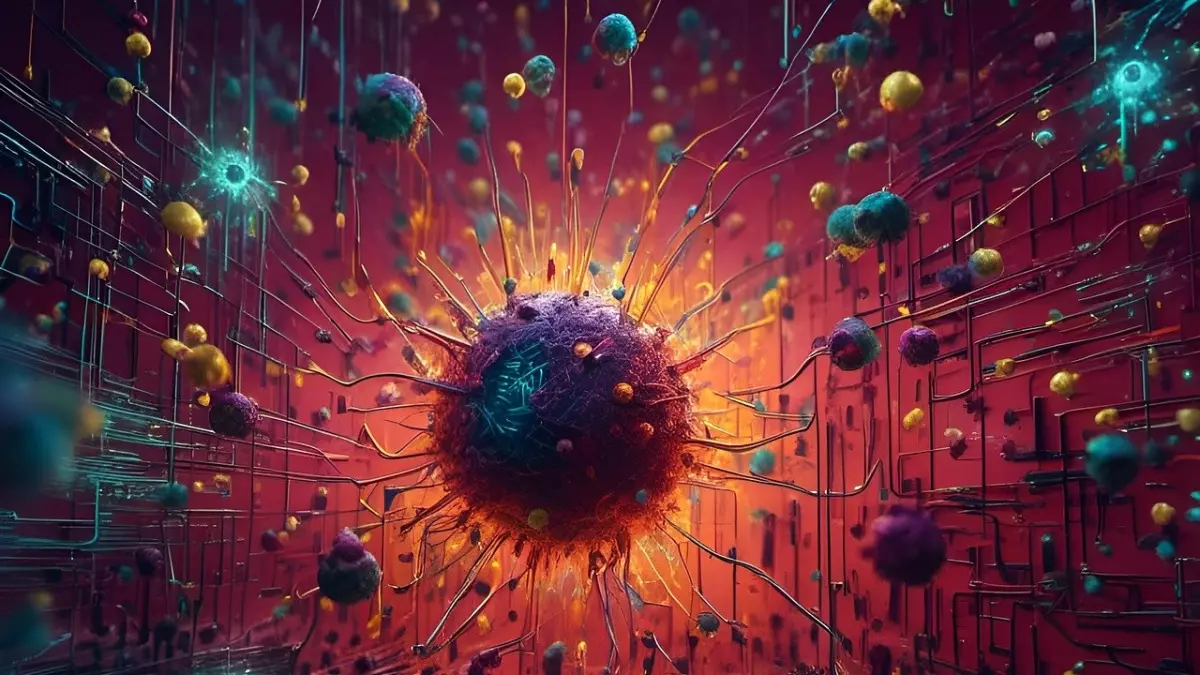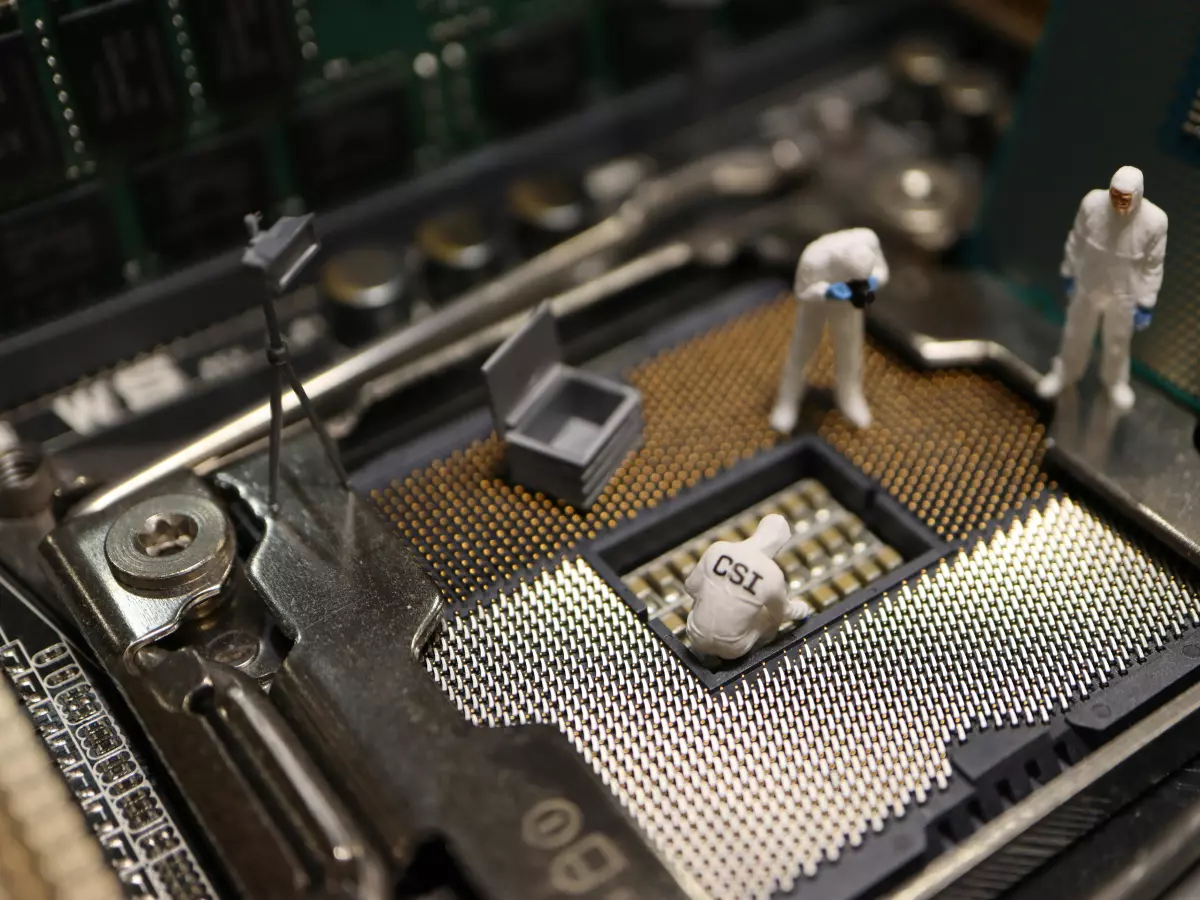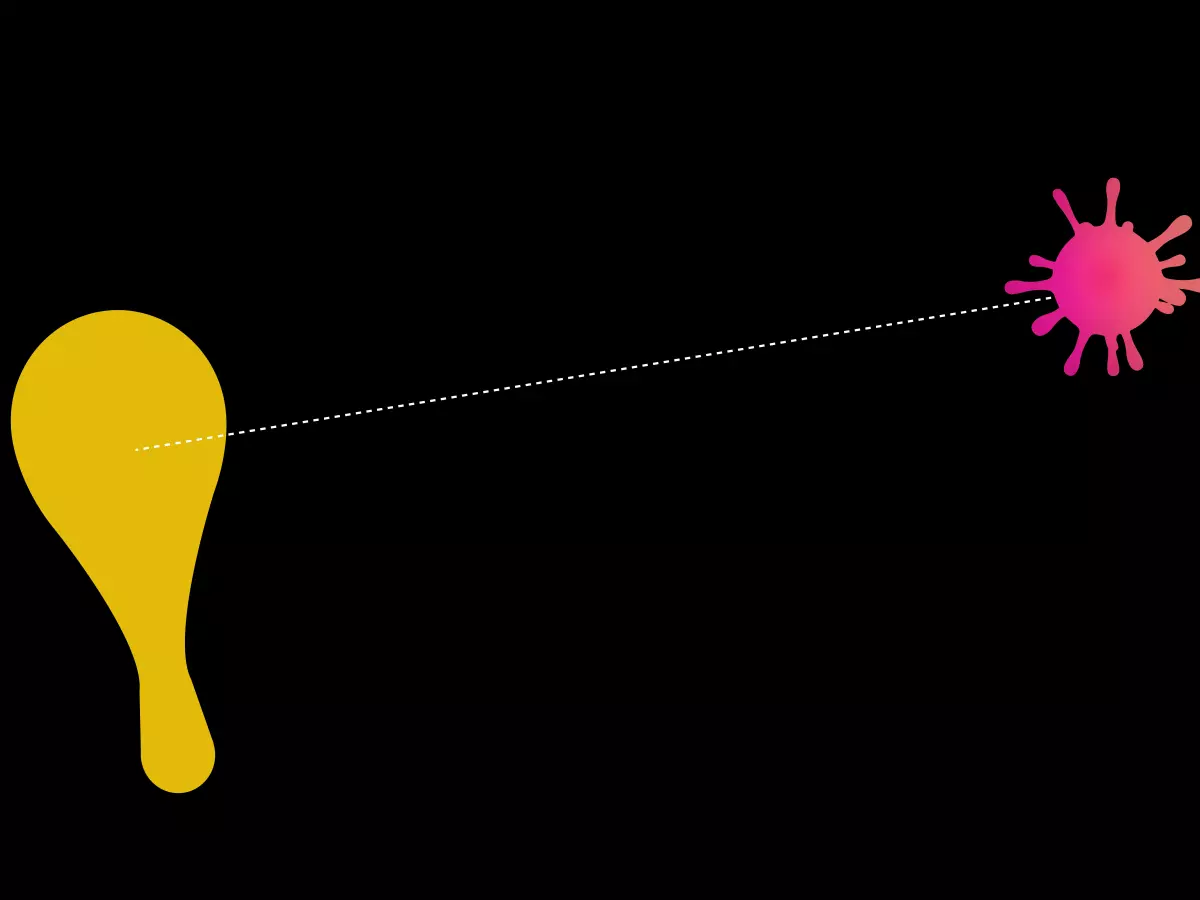AI's Patch Management Revolution
Is AI the secret weapon we’ve been waiting for in cybersecurity? With the rise of AI-driven patch management, IT teams are getting a serious upgrade in their fight against cyber threats. But how exactly does this work, and why is it such a game-changer?

By Nina Schmidt
Let’s face it: patch management has always been a bit of a headache. You’ve got a mountain of patches to apply, and the stakes are high. Miss one critical patch, and you’re opening the door to a potential breach. But here’s the kicker—how do you know which patches are the most important? That’s where AI steps in, and it’s doing more than just making life easier for IT teams. It’s transforming the entire patch management process.
AI-driven patch management is all about real-time risk assessments. Instead of manually sifting through patches and trying to figure out which ones are critical, AI uses machine learning (ML) algorithms to analyze vulnerabilities and prioritize patches based on the actual risk they pose to your system. This means IT teams can focus on the patches that matter most, reducing the risk of breaches and saving a ton of time in the process.
According to VentureBeat, AI-driven patch management tools are already helping organizations make smarter decisions. These tools evaluate the severity of vulnerabilities, the likelihood of exploitation, and the potential impact on the organization. They then generate a risk score, which helps IT teams prioritize patches more effectively. No more guessing games—just data-driven decisions.
But it doesn’t stop there. AI can also predict future vulnerabilities by analyzing patterns in previous attacks. This predictive capability allows organizations to stay one step ahead of cybercriminals, patching vulnerabilities before they’re even exploited. It’s like having a crystal ball for cybersecurity.
Why Does This Matter?
In a world where cyberattacks are becoming more sophisticated by the day, traditional patch management methods just don’t cut it anymore. The sheer volume of patches, combined with the complexity of modern IT environments, makes it nearly impossible for human teams to keep up. AI, on the other hand, thrives in this environment. It can process vast amounts of data in real time, identify patterns, and make decisions faster than any human ever could.
And let’s not forget the cost savings. By automating the patch management process, organizations can reduce the amount of time and resources spent on manual patching. This frees up IT teams to focus on more strategic tasks, like improving overall security posture and responding to active threats.
What’s Next for AI in Cybersecurity?
AI’s role in cybersecurity is only going to grow. We’re already seeing AI being used for threat detection, incident response, and even user behavior analysis. But patch management is where AI can make a huge impact right now. As the technology continues to evolve, we can expect even more advanced AI-driven tools that not only prioritize patches but also automate the entire patching process from start to finish.
So, is AI the future of patch management? Absolutely. It’s not just about making the process more efficient—it’s about making it smarter. By leveraging AI, organizations can reduce their risk of breaches, save time, and stay ahead of the ever-evolving threat landscape. And in today’s world, that’s a game-changer.





